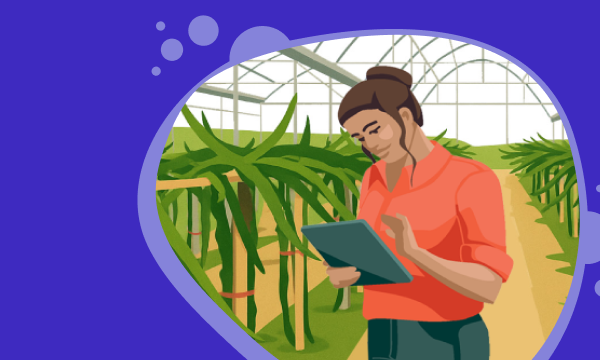
- CASE STUDY
- CUSTOMER CHAMPIONS
- TOMATO
- CROP MANAGEMENT
Eliven Tropical: Using FarmRoad to Detect Early Stress and Prevent Crop Loss
When faced with crop losses due to climate events and system failures, Eliven Tropical turned to...
05.02.2023 | 5 min read
Maximizing the yield of tomato crops means ensuring plants produce fruit for as long as possible. To achieve this tomato growers must maintain a delicate balance between a plant’s generative (fruiting biomass) and vegetative growth (non-fruiting biomass). How do they do this?
Plant balance is the optimum state between generative and vegetative that enables plant development in line with growth milestones and target yield. Plants reveal their health and how they are using energy through morphology and growth patterns. By understanding the current plant state, growers are able to ‘steer’ the crop in a particular direction to meet their production targets.
Crop Steering involves manipulation of environmental factors to achieve a certain growth profile. If the plants are off-balance or have deviated from the desired plant balance state, the growers may make changes to climate, irrigation, and plant itself to bring back to the target state. Growers may choose to steer the plant to use its energy to grow more fruits and flowers, or to grow more stem and leaves, or to maintain a balance of them both.
Plant balance spectrum is generally split in to 4 states.
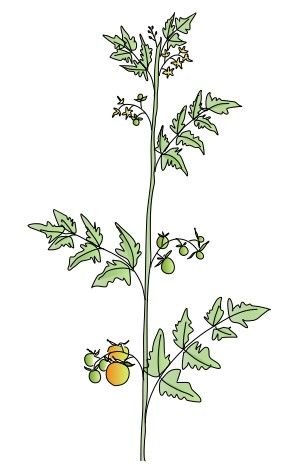 |
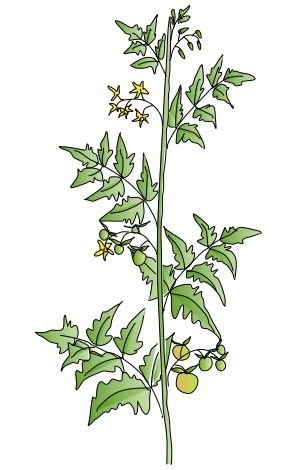 |
|
Weak generative Plants spend more energy to produce generative plant parts and less on vegetative plant parts resulting in poor growth and weaker plants |
Strong generative Plants are inclined to spend relatively more energy to produce generative plant parts while maintaining adequate vegetative growth resulting in good growth and strong plants. |
|
|
|
|
Weak vegetative Plants spend relatively more energy to produce vegetative plant parts while maintaining adequate generative growth resulting in good growth. ”Weak” refers to weak vegetative growth of the plants. |
Strong vegetative Plants spend more energy to produce vegetative plant parts and less on generative plant parts resulting in too much vegetative growth. ”Strong” refers to strong vegetative growth of the plants. |
Plant growth patterns are an indicator of plant health and plant balance state.
A vigorously growing plant with long, thick stems and large leaves is generally an indication of a vegetative state. While a plant with higher fruit load, many flowers, thin stem and small leaves indicates a generative state.
During growth crops respond to generative and vegetative actions/triggers by allocating their assimilates to generative or vegetative plant parts. For example, in fruiting crops, at low temperature and high humidity, the demand for assimilates is less and results in more leaf and stem growth – a vegetative response.
At higher temperatures plants may produce higher fruit load due to higher activity at growing tips of the plants – a generative response. This also results in weaker vegetative structure as more assimilates are being consumed for the development of higher fruit load.
Plants are subjected to vegetative and generative triggers daily, depending on the season. To steer the plants towards balance, growers must constantly monitor plant parameters and have a clear grasp of the current state to ensure they take necessary actions.
By measuring the morphology of the plant using growth parameters, growers can identify vegetative/generative trends and take action to steer the plant towards a more balanced state.
Plant balance is usually determined by visual inspection of the plant which can be time-consuming and labor-intensive. Supervisors are often out every day making visual inspections to form an opinion, which can be a huge operational cost. Additionally, growers may use crop measurements and growth pattern information to assist them in making a decision.
But correct assessment of balance state is also challenging as it is highly subjective, and assessments can vary widely between supervisors. Ask three growers of varying experience to assess plant-balance status and you may get three different answers.
As crop steering requires the grower to be constantly up to date with the balance state of their crop, the future lies in developing technologies that use plant morphology data to indicate plant balance. This means growers regardless of their level of expertise and experience can work from a common single objective measurement, removing opinions and the reliance on visual inspections to determine plant balance.
Growers can steer their crop to more generative or more vegetative state but both courses of action require them to have a clear grasp of the current state of the plant to avoid over-stressing it.
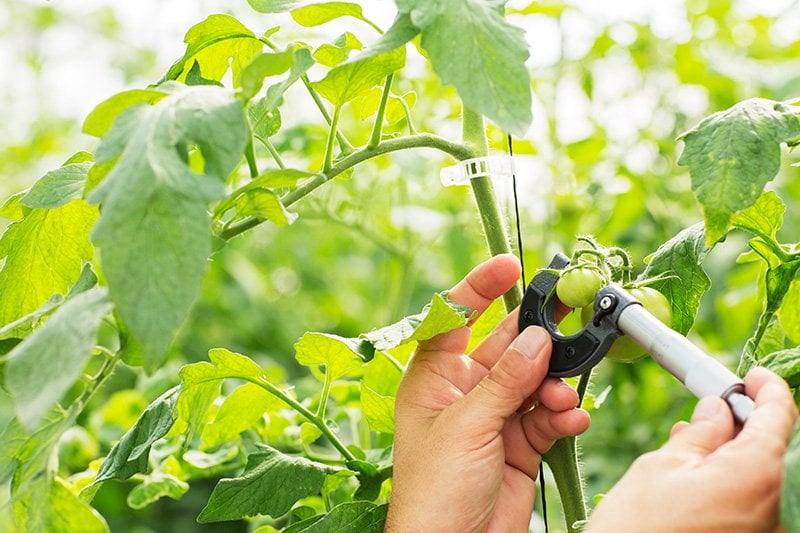

When faced with crop losses due to climate events and system failures, Eliven Tropical turned to...
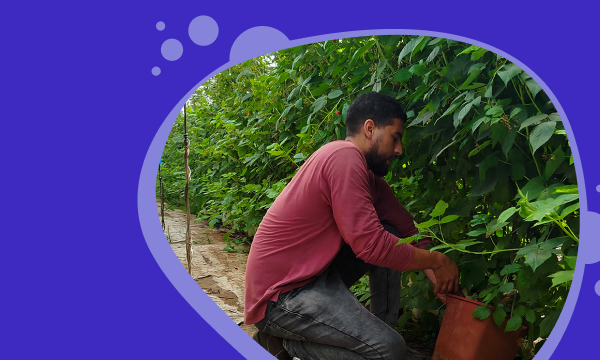
See the strategy behind evapotranspiration-based irrigation planning that helped a greenhouse...

With late blight causing crop loss and large costs, Agrícola Chaparral turned to digital agronomy...

What if tomato seeds were treated as commodities? This article explains how data and AI can help...
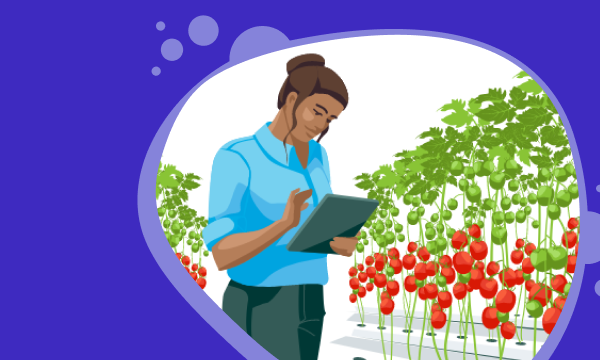
Do growers focus too much on high accuracy yield forecasting and miss key contextual indicators?
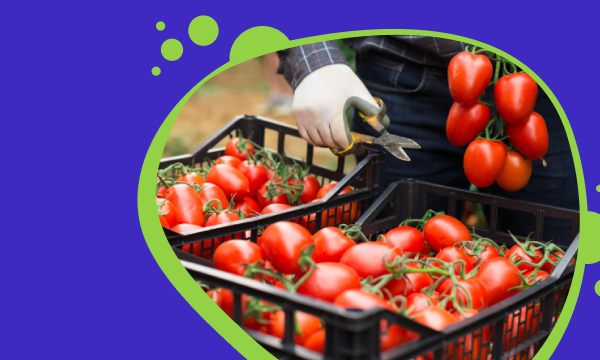
In this crop steering guide, you'll learn how to adjust environmental factors for ideal plant...
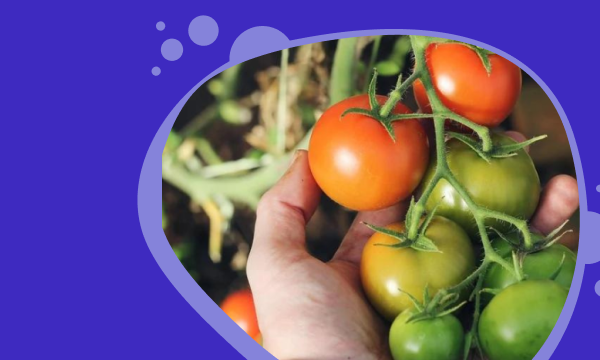
Discover strategies for maximizing crop yields by balancing generative/vegetative growth.

Learn how interpreting crop yield prediction with contextual data improves decision-making and...
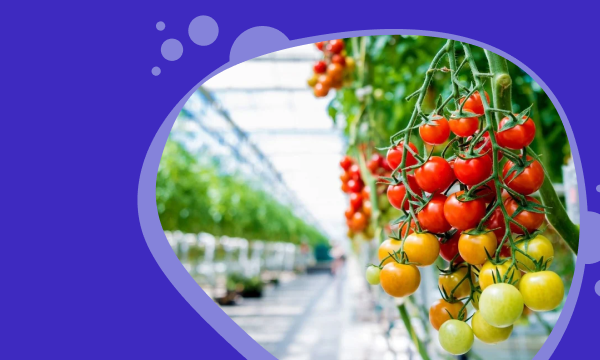
WayBeyond's study unveils factors behind yield swings and proposes an alternative to improve yield...
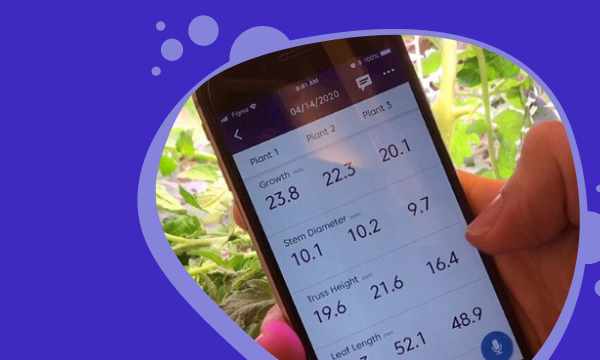
Why do growers use crop registration and how does it benefit crop management practices?
Champions of crop management.
Giving commercial growers the power to make better crop management decisions and optimize crop outcomes.
Solutions
Customers
©2025 WayBeyond. All Rights Reserved.